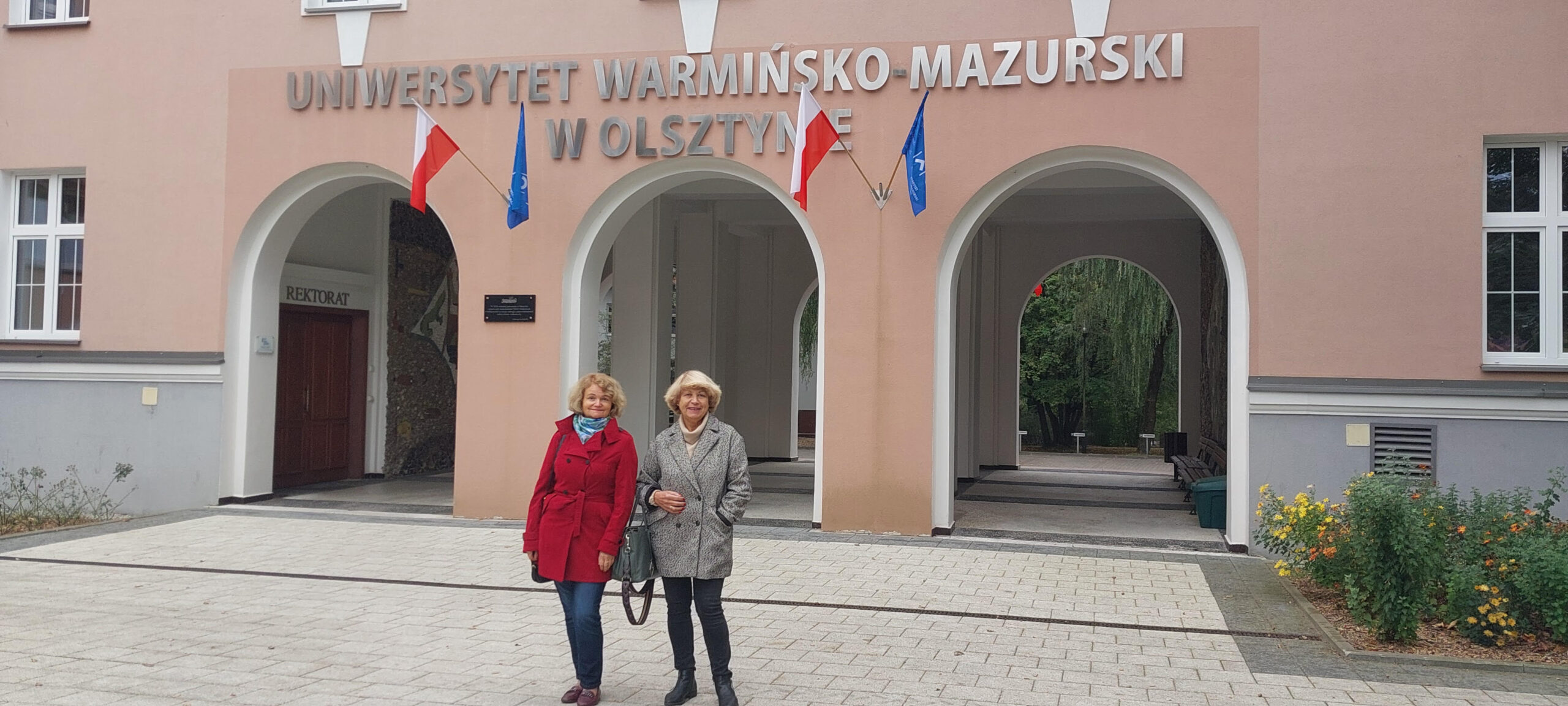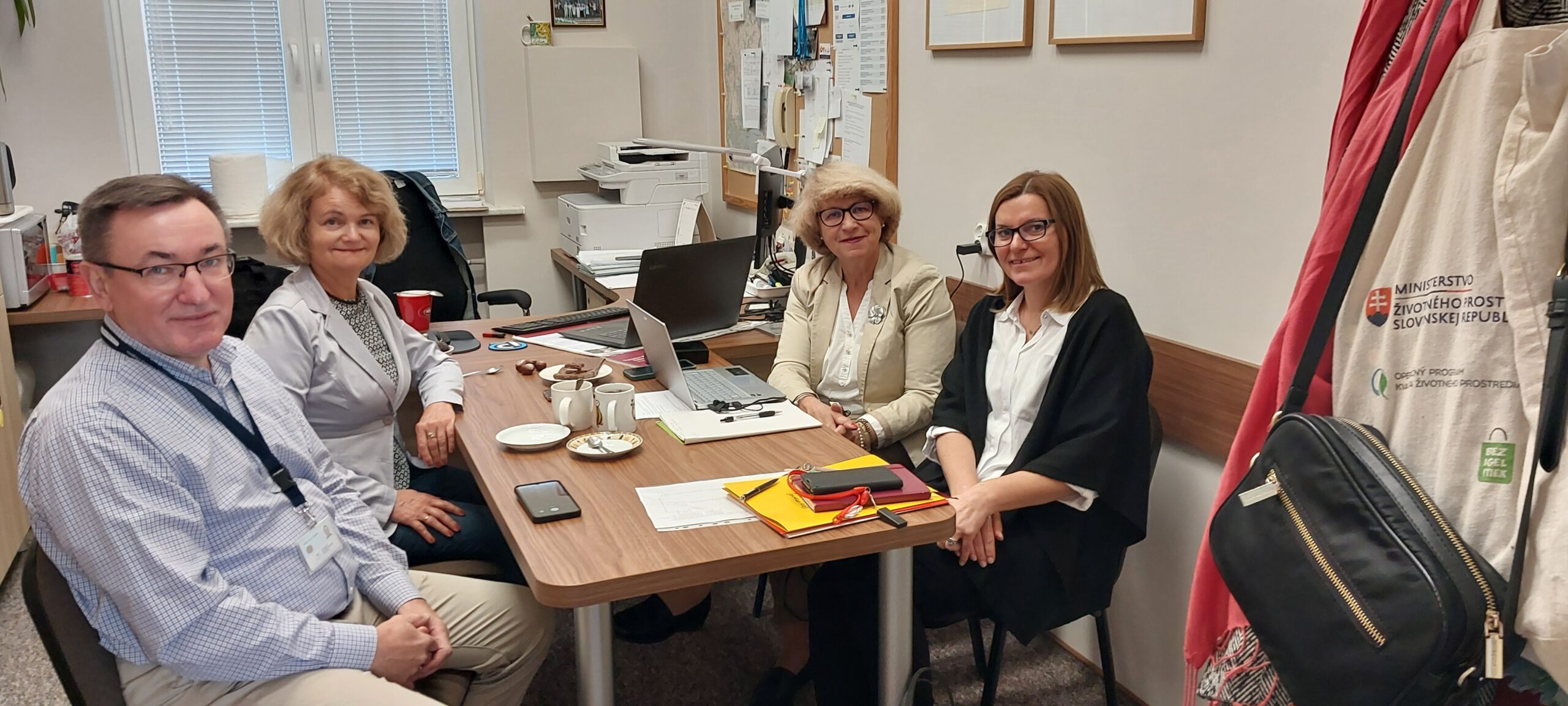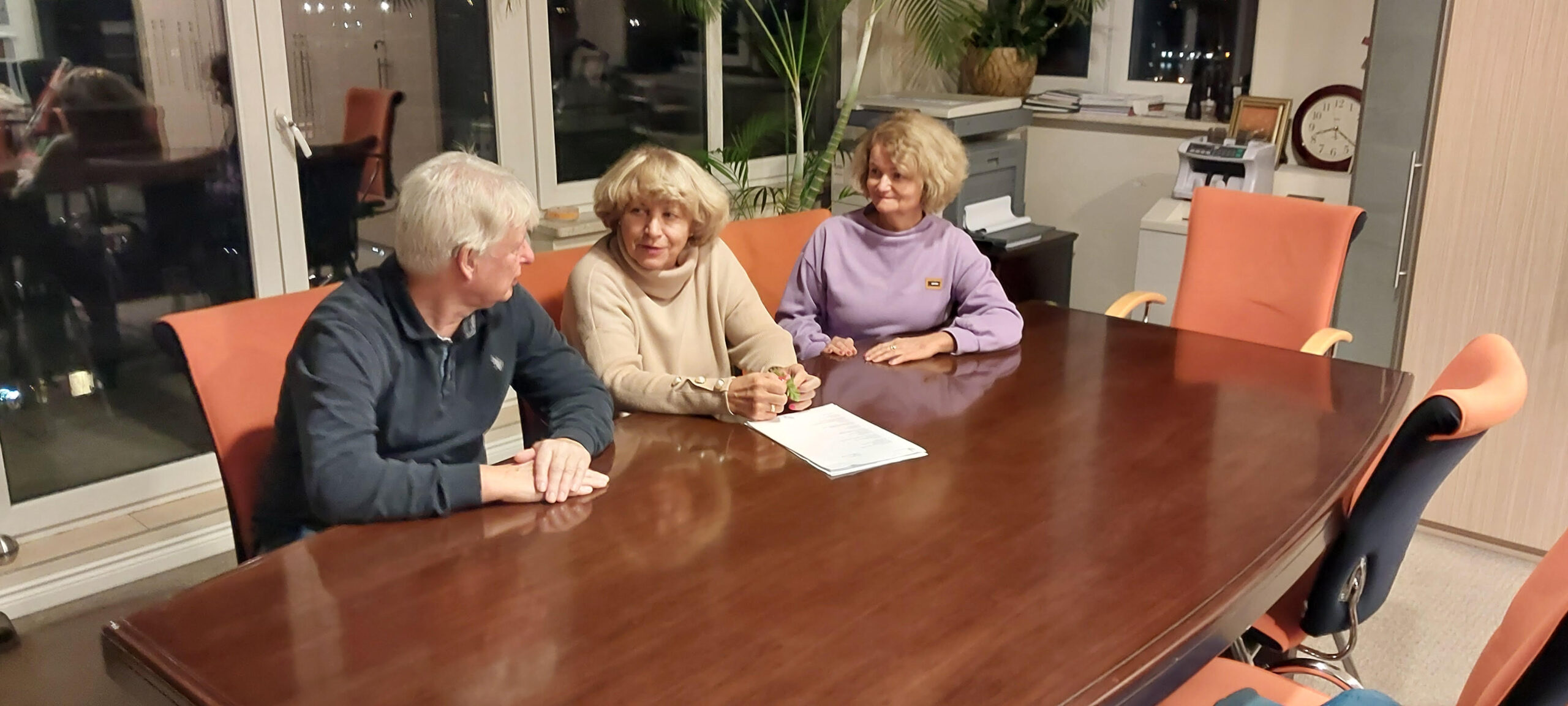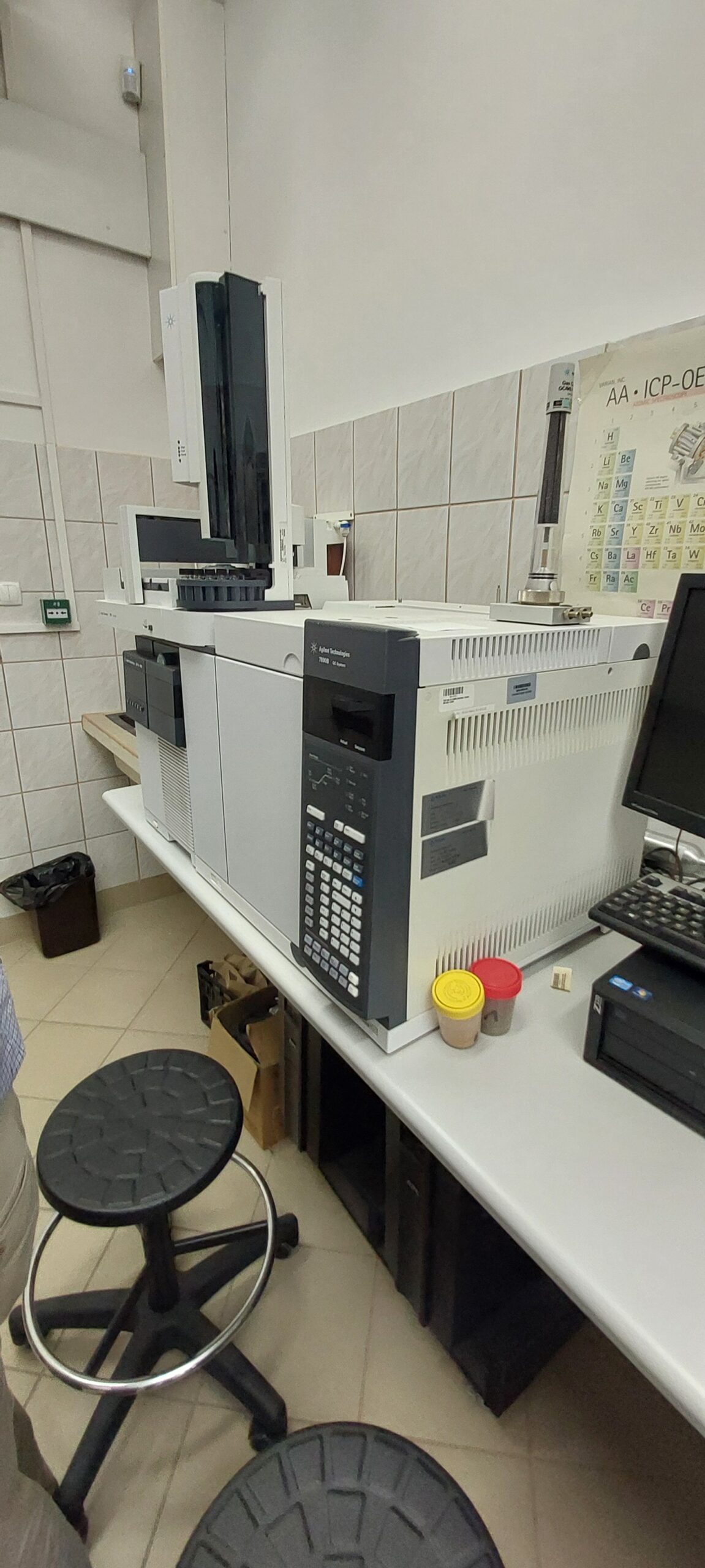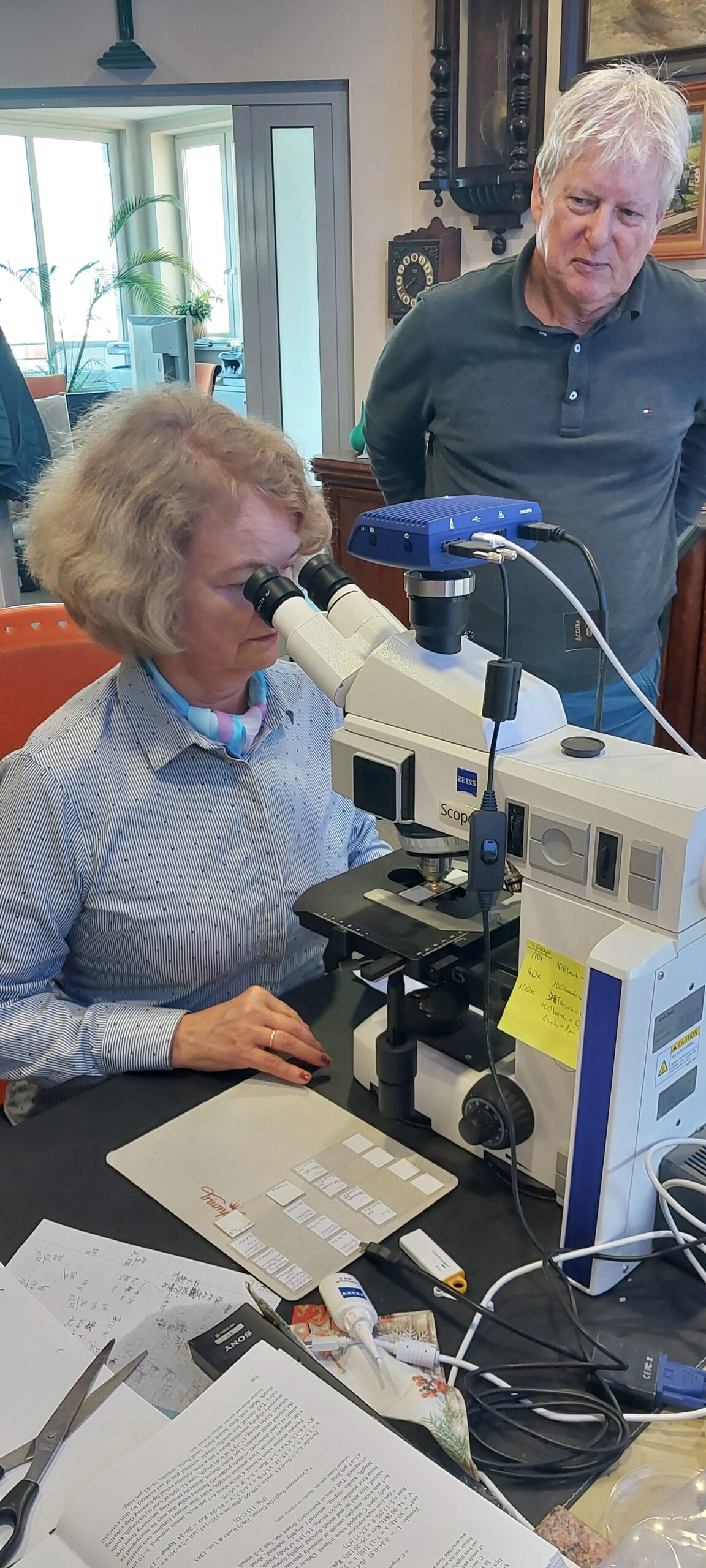Joint research with Polish colleagues on elements of advanced M×g phytotechnology
On September 28 – October 5, 2024 Prof. Pidlisnyuk visited Poland with the NATO SPS MYP G6094 mission. She had a goal to meet with the colleagues from University of Warmia and Mazury in Olsztyn (WMU) to participate in the joint study on ash as an element of advanced phytotechnology and overview the research on indication soil health during multiyear M×g phytoremediation provided jointly by colleagues from Nematology Lab in Gdynia and NULES, Ukraine.
While at WMU, prof. Pidlisnyuk participated in the meeting organized by Dr. Hab., Ing. Andrzej Cezary Żołnowski, prof. UWM, Department of Agricultural and Environmental Chemistry, Faculty of Agriculture and Forestry. Assistant prof. Elżbieta Rolka, PhD and Associate prof. Tatyana Stefanovska, NULES participated in the event. The influence of ash on the properties of soil and the production cycle of different crops was under discussion. Prof. Pidlisnyuk did a presentation on the impact of woody biomass ash on the phytoremediation processes. She introduced the preliminary results of the Lab experiment on using ash produced from wood waste in advanced M×g phytotechnology. Dr. Zolnowski introduced research on the determination of the conditions of using woody biomass ash in corn cultivation. The participants exchanged results and ideas on the determination of the properties of the biomass ash and the peculiarities of its impact on soil and the production of the varied crops.
Prof. Valentina Pidlisniuk and Associate Professor Tatyana Stefanovska had a meeting with prof., Dr. Hab Stanislaw Sienkiewicz, Head of the Department of Agricultural and Environmental Chemistry, WMU, and introduced the M×g phytotechnology and current research on advancing the process by using biochar and ash.
Professor Pidlisnyuk visited Nematology Lab in Gdynia, where the research on indication by nematodes the soil health under M×g phytotechnology has been jointly provided by Dr. Hab., Ing. Andrzej Skwiercz, Head of the Nematology Lab and professor at the Research Institute of Horticulture in Skierniewice, Poland and Associate professor Tatyana Stefanovska, Co-Director, NULES, Ukraine. Prof. Pidlisnyuk observed the experiment on the isolation of nematodes from the soil samples taken at the Miscanthus plantations at Vorzel, Ukraine (first and second years of establishing). The results of the application of nematodes for testing the soil state at the third-year field experiment in Chomutov, Czech Republic were discussed, to be included in the joint manuscript. The further step in the presentation approach on indicating the soil state in advanced M×g phytotechnology using nematodes was overlooked.

